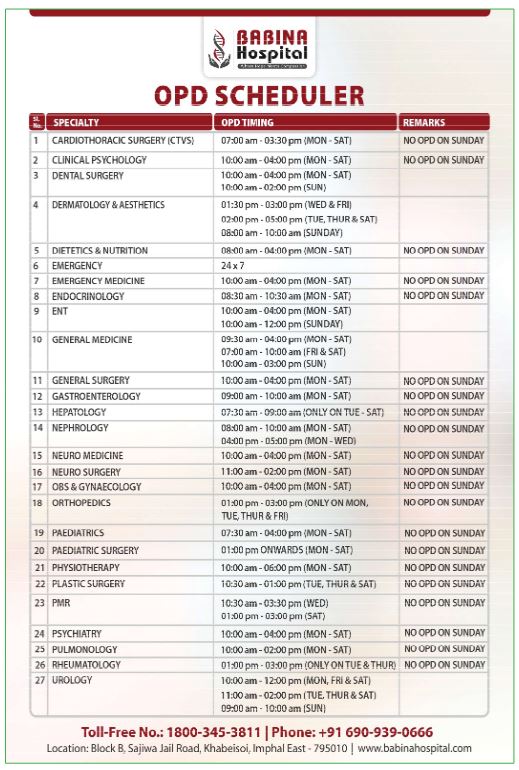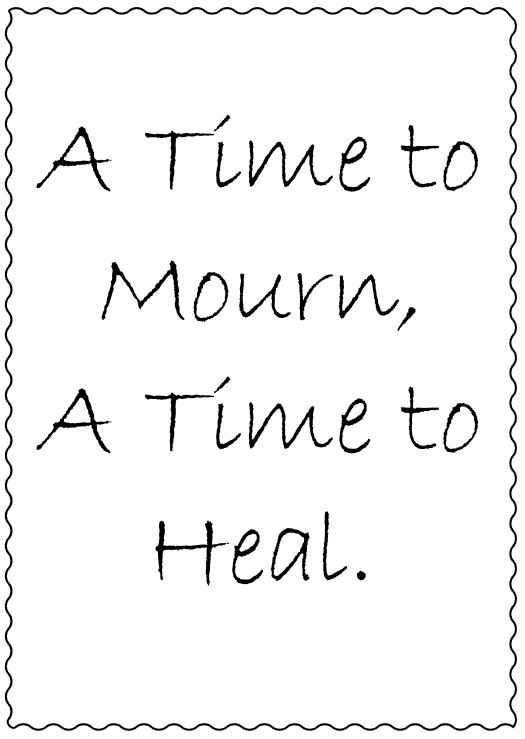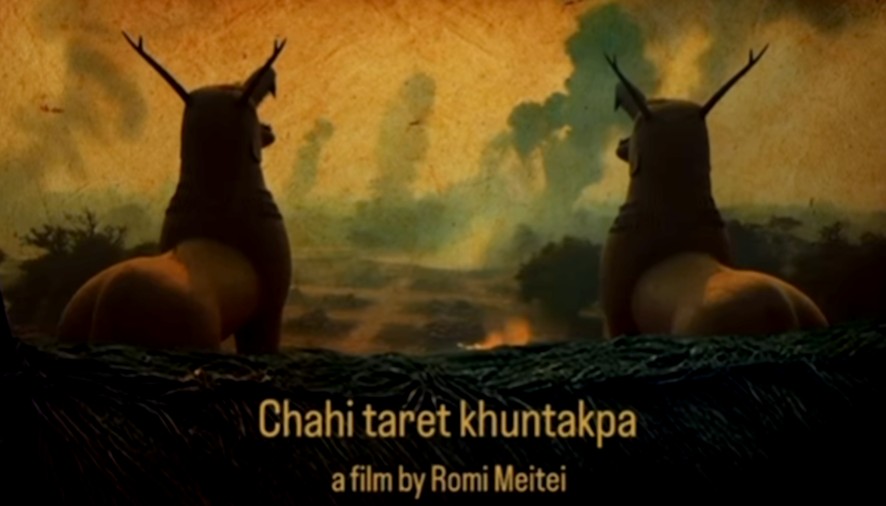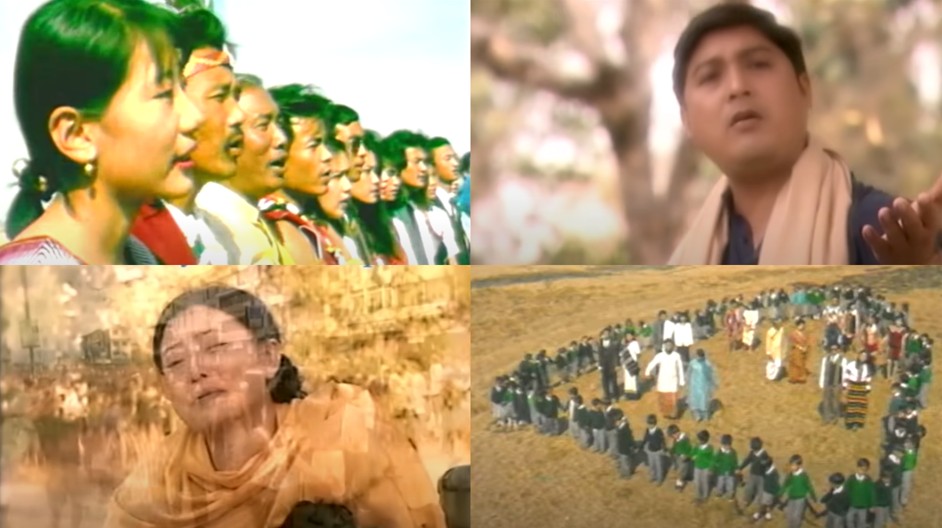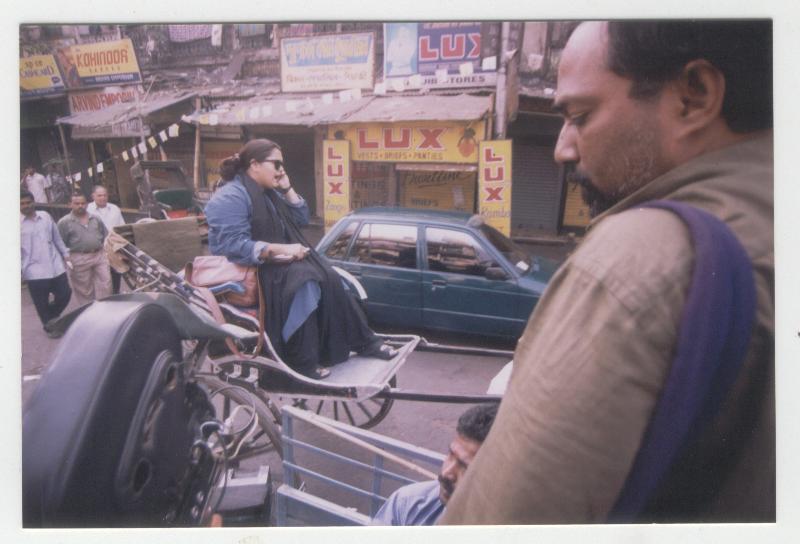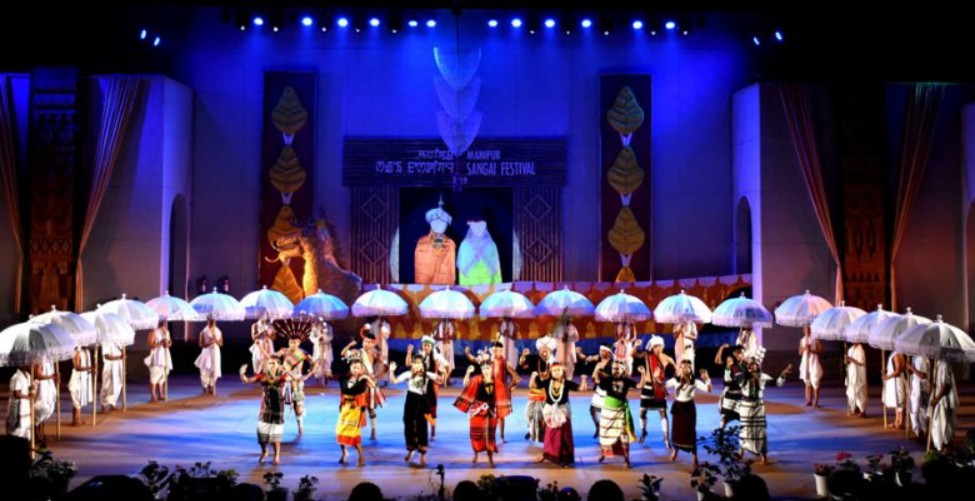On December 28, 1895, the Lumière brothers conducted the world’s first public commercial film screening, at the Salon Indien du Grand Café in Paris. Since that historic day, the technology of cinema has constantly changed the way we construct and experience cinema. Initially, we marvelled at moving pictures—miraculous, now we enjoy colorful 2D representations and wear 3D glasses; we have experienced 4DX chairs that respond to visual stimuli. Each technological change has pushed the boundaries of narratives in cinema. Animation and visual effects have opened imaginative possibilities of storytelling. Distribution has moved away from colossal theatre houses, to our TV’s and ‘over the top’ (OTT) platforms, and transported us content we could never access previously. Today Artificial Intelligence sits at the beginning of what is next for the cinematic revolution. AI now participates in nearly every aspect of film production; whether it is scriptwriting, editing, visual effects, or audience analytics, AI has changed the way films are produced. Of course, progress comes at a cost: while AI has created jobs, those jobs and roles have also been lost to AI. Those who can navigate the realities of AI output into their creative choices thrive; they work faster, more efficiently, and often command higher fees.
In recent years, the conversation about AI and its role in the future of filmmaking has expanded in momentum. In a November 2024 interview with CNBC, Hollywood actor Ben Affleck surprised listeners by revealing his thoughts on this currently controversial subject. Similarly, Oscar-winning director Christopher Nolan, expressed worry over the impact AI could have on filmmaking in a June 2023 interview with Wired magazine, noting that the risks of AI had been on the radar for some time, but people’s concern only extended to the threat to media industry jobs that AI posed. At the same time, many filmmakers and creatives in Hollywood, and other regions have begun engaging more seriously with AI and determining the effects it will have on cinema.
Moving closer to home, in January 2025, a historic documentary named Chahi Taret Khuntakpa was released in Manipur. Directed by the acclaimed filmmaker, Romi Meitei, the 22-minute documentary premiered at the historic Kangla Fort and later screened on History TV 18. In pondering the future of Manipuri cinema, especially with the advancement of AI technology shaping its development, the Imphal Review of Arts and Politics engaged in a unique dialogue with Romi Meitei. At this point, it was determined that this conversation would ideally serve as the starting point for a broader conversation about the relationship between locally situated storytelling and state-of-the-art technology and its meaning for the future of filmmaking in Manipur.

IRAP: Recently, you made a film called Chahi Taret Khuntakpa and used Artificial Intelligence tools in its production. What is the film about?
Romi Meitei: On January 9, 2025, the documentary film Chahi Taret Khuntakpa was released at the Kangla, marking the death anniversary of Maharaja Gambhir Singh. The 22-minute film, titled Seven Years Devastation, could not exceed this length as it was aired as part of a History TV 18 program.
My team and I had already conducted research on Chahi Taret Khuntakpa for a feature-length film. This documentary is a 22-minute excerpt from that larger project and was made under a program by the Art and Culture Department, with an expert committee guiding the process. Despite the limited duration, the major historical events of Chahi Taret Khuntakpa have been effectively presented in this short film.
The “Seven Years Devastation”—Chahi Taret Khuntakpa—was a period of intense suffering and turmoil in Manipur’s history about 200 years ago. Though the memories and hardships of that era are still not forgotten, it is difficult to find physical evidence from that time, aside from texts found in British officer Robert Boileau Pemberton’s records and our own Cheitharol Kumbaba.
However, I felt that a documentary relying solely on text and voiceover would not do justice to the story. I wasn’t satisfied with that kind of production design. Reenacting the events using hired actors would also make it overly dramatized, which I didn’t prefer. Due to budget constraints, recreating 1819 Manipur’s landscape and environment on a film set wasn’t feasible either. Therefore, I chose to use famous paintings by our late Pabung RKCS in the film. To visually convey knowledge and stories to the youth through my imagination, I employed modern tools, including various AI tools.
IRAP: Can you share your experience of incorporating AI into your style of filmmaking?
Romi Meitei: It was a challenge, because AI doesn’t automatically create a film on its own—you can’t just give it a story and expect a finished product. What we did was train the AI using detailed prompts and commands. For instance, with costumes like the khadangchet worn by Meitei soldiers and their swords, we had to train the tools to produce historically accurate visuals.
We used around eight different AI tools to generate the visual elements, in combination with real actors performing in physical locations. The final result is an amalgamation of real-life acting and AI-generated imagery.
IRAP: Since you have started using AI in your filmmaking, do you think incorporating AI in Manipuri film productions could help elevate cinema?
Romi Meitei: This is definitely a topic worth discussing. Whether AI can visually enrich a film is an important question, but what we need to consider first is that it is we—humans—who must control AI. It all depends on the person handling the AI, particularly the visionary director and their team.
If we allow AI to do everything—for example, even composing music—then we can no longer call it art. I believe that many professions today are being replaced by AI, and that trend is continuing. However, what AI cannot replace is art.
I’m not saying that an entire film can’t be made using AI. My point is: when we make a film, when we tell a story through it—will it have authenticity and aesthetic depth? That’s something the audience can sense. AI is simply a tool.
IRAP: Can you elaborate on how AI should be used in filmmaking, especially in terms of preserving artistic integrity?
Romi Meitei: Take drones, for example—there’s AI in their microprocessors, and in modern cameras too. In the past, we used a white sheet to manually set the white balance; now, AI handles that process. We must keep up with AI and its advancements, but we should never surrender our artistic creativity to it. Letting AI make an entire film would be disastrous—it would feel like selling myself.
In filmmaking, we use different cameras for different purposes: underwater shots, aerial drone shots, and so on. Similarly, we should use AI as a tool for specific needs. If we use it properly, it will benefit not only Manipuri cinema but also world cinema. However, if we become entirely dependent on it, the essence of art will be lost. As I’ve said before, art cannot be replaced by technological invention. A robot cannot act as a protagonist or tune a song. Art is divine in nature.
IRAP: With the advancement of AI across industries, it is often said that AI won’t replace jobs, but people who know how to use AI will. In the context of Manipuri cinema, do you think directors, cinematographers, editors, and others should start learning AI tools to improve and advance in filmmaking?
Romi Meitei: It is an evolving process—just like how we wear warm clothes when the weather is cold, we must adapt accordingly. AI isn’t entirely new; we’ve already experienced it in devices like cameras, washing machines, and phones—we are already using it in daily life.
As I’ve said before, knowing how to use AI tools can help us work faster. It’s similar to doing a mathematical calculation: solving it on paper takes time, but using a calculator speeds up the process. However, the calculator doesn’t work on its own—we need to input the command. Without the right commands, we can’t benefit from faster results. It’s the same with AI.
IRAP: So, how should filmmakers approach the use of AI tools while maintaining the essence of creativity and art?
Romi Meitei: There are many AI tools, and right now we’re mainly discussing a few that can enhance cinematic storytelling. Across various fields, people are already using AI—take office work, for example, where presentations are created more quickly using images and data inputs. This is the nature of change, and no one can stop it—just like how the internet and smartphones have become essential.
So yes, it’s definitely beneficial to be part of the AI journey and learn tools relevant to our specific professions. But we must also remember that our creative and artistic vision should not be surrendered to AI. If we give it up entirely, the result won’t be art.

